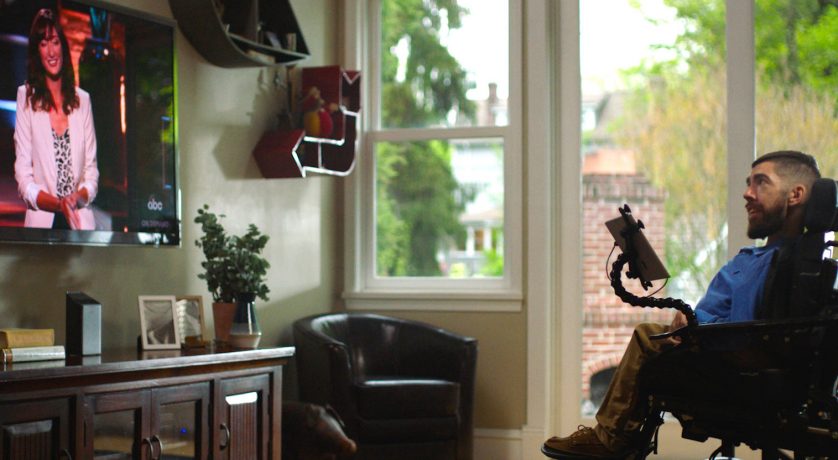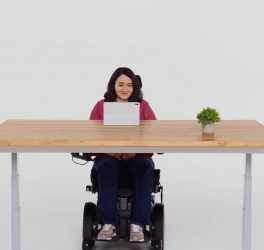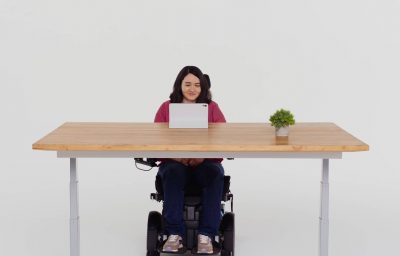
PHILADELPHIA, PA – Comcast on Monday launched a new feature to allow customers with mobility disabilities the ability to control their television using only their eyes.
The cable company said the feature a web-based remote for tablets and computers that pairs with an existing eye gaze system and allows viewers to change the channel, set a recording, search for a show and more, all with a glance.
More than 48 million people live with physical or mobility disabilities and every day about 15 people are newly diagnosed with ALS, or Lou Gehrig’s disease. These disabilities can often make seemingly everyday tasks more difficult.
“Changing the channel on a TV is something most of us take for granted but until now, it was a near-impossible task for millions of viewers,” said Tom Wlodkowski, Vice President Accessibility at Comcast. “When you make a product more inclusive you create a better experience for everyone and we’re hoping our new X1 feature makes a real difference in the lives of our customers.”
Philadelphia resident Jimmy Curran has Spinal Muscular Atrophy, a condition that affects the part of the nervous system that controls muscle movement, and was among the first customers to get the new X1 eye control technology.
With X1 eye control, customers can:
- Change the channel, launch the guide, search for content, set a recording and more, without assistance
- Turn on the X1 Sports App which brings real-time sports scores and statistics into the screen right alongside the in-game action
- Access X1’s Accessibility menu which controls closed captioning, video description and voice guidance
- Use their gaze to type out voice commands like “watch NBC” or “action movies”
Watch the promotional video below:








